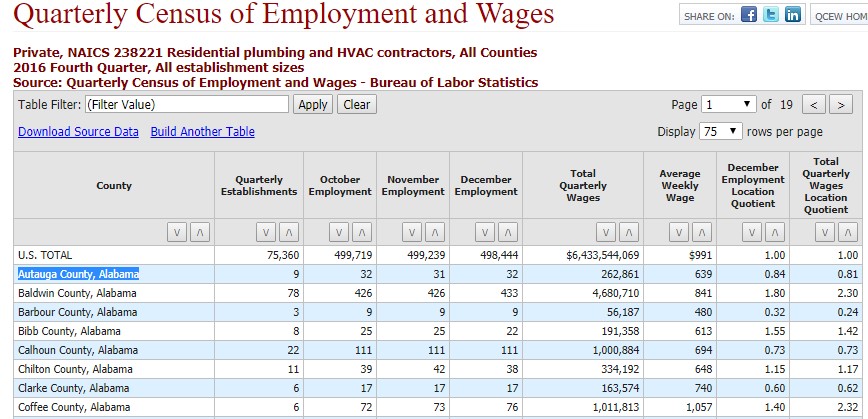The On-Demand Economy makes news for generating a lot of big winners… and losers. Interest in it ebbs and tides daily, often prompting questions like, “Is On-Demand in a Bubble?” But, On-Demand is a new business model that uses technology to profitably do the impossible relative to 3,000+ years of traditional accounting principles. To help businesses like yours successfully adapt to On-Demand warrants looking at lessons from those who really applied it wrong. For this, we will touch on matters of supply, demand and service providers.
What Makes On-Demand Work?
On-Demand is predicated on the idea that, Access is better than ownership. All of that access is derived from technology. Mobile makes it possible for someone to sell anything to anyone, anywhere at anytime, often via mobile applications. Key to this is the ability to easily conduct and trust in the accuracy of massive volumes of multi-party financial transactions, even on a micro-payment scale.
Providing the means to conduct financial transactions is a service. It is not very different from Visa or MasterCard getting a small slice of nearly every transaction. But, the second function of an On-Demand company is connecting buyers with sellers, and vice versa. That’s a service, too, warranting a larger slice of every transaction in line with traditional sales commissions.
The vast potential of On-Demand comes from increasing the efficient use of people’s unused assets (inventory, equipment, property, skills, etc.), on scale. Traditional businesses own, manage and maintain nearly everything related to business operations – offices, vehicles, equipment, inventory, not to mention insurance and taxes. On-Demand companies strive to avoid as much of that as possible and outsource everything else to service providers – those with unused assets.
What’s the difference?
In the early days of Uber, the On-Demand business model meant not paying for 100,000’s of vehicles, their maintenance and insurance. For Airbnb, it meant not having to own 100,000’s of properties all around the world. For Amazon, it means not having to physically process millions of products for over two million third-party sellers (responsible for 40% of sales). What could On-Demand mean for your business?
But, What’s the Catch?
Just because something sounds too good to be true does not mean it’s not good. Your business is already providing products or services that people use. If so, you could be in a position to offer your own On-Demand app. On-Demand is not just for startups. Amazon.com, at least, is well beyond the start-up stage.
There is no catch, per se, just a critical need for due diligence – to research and validate what you intend to do before jumping into the deep end.
Most of this due diligence concerns supply, demand and service providers.
On-Demand Must Be Profitable for Everyone
Profitability can be found on margins, reducing downtime and increasing turnover. Everyone knows that, but supply and demand has a nasty habit of getting in the way of profits. Supply and demand is not the same everywhere, varying from one city to the next. This impacts cost of goods (suppliers) and cost of labor (service providers), not to mention differences in local taxes. That can be problematic for On-Demand companies because they frequently try to scale up rapidly across wide geographical areas.
Several valet services started off either owning or having substantial discounts with local parking garages. Much of their profitability depended on that discount. As they expanded to other cities, however, they frequently found parking garages in other cities were already operating at capacity. Garage owners had no incentive to offer discounts on volume leases. This dynamic forced Zirx, Luxe, Valet Anywhere and Spotlight Parking to change their focus to executive and enterprise-based services, while Caarbon and Vatler went out of business.
BloomThat is an On-Demand competitor to the likes of FTD and 1-800-Flowers. They started on the basis of delivering bouquets of flowers for $35 in 90 minutes or less, without a delivery fee. They hoped to make their margins on discounts from local florists. One doesn’t need to be a rocket scientist or a florist to see how difficult it would be to make that fly.
Three major changes made them viable. First, they went to farmers directly and trained them how to make their bouquets. Second, they added delivery charges, partnering with Federal Express. Third, they streamlined their operations, employees and logistics. Fortunately, they recognized in the nick of time that they could not provide everywhere what they were doing locally.
Market Research

Example of NAICS search results for “Residential Plumbers”.
Sound off – Would you like to see a detailed explanation of how to use these and other statistical sources for your business? Send Mark a message on Twitter!
The good news is that market research can help avoid many of these issues. Searches on the North American Industry Classification System (NAICS) can be used to find county-by-county labor statistics by industry. Reports show number of establishments by county, number of employees, average wages, quarterly employment fluctuations and wage/employee quotients. This last item compares the local wages and number of employees relative to the national average.
It may require some hunting, but the Bureau of Labor Statistics and Census Bureau’s The American FactFinder both provide a wealth of statistics that can be practically used to identify potential hot spots for your On-Demand business. While there are some broken links, the SBA’s Business Data and Statistics page can also help point you in the right direction for just about anything you might want to know for your business.
Would you like to Read More about On-Demand Apps?
- What’s the True Competitive Difference in On-Demand Companies?
- 250+ Companies Rocking the On-Demand Economy
- Can Your Business Do On-Demand?






[…] providers are called on to – do what they already do. As we also examined previously, supply and demand are not the same everywhere. And, just as importantly, labor laws are not the same everywhere. […]